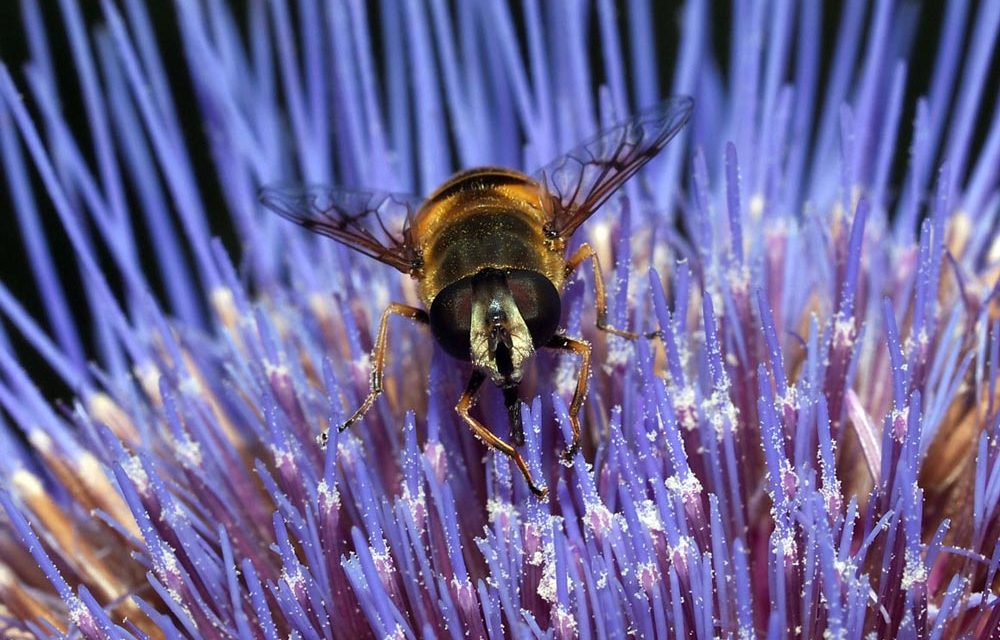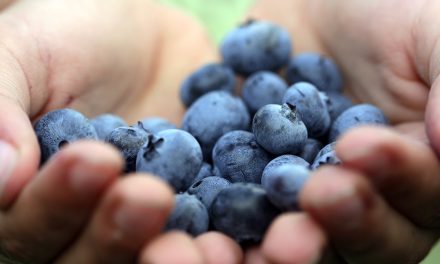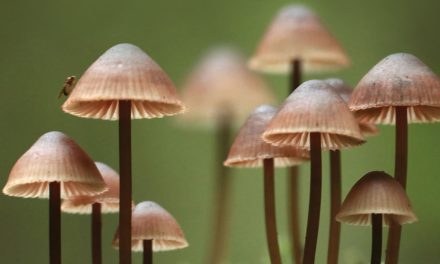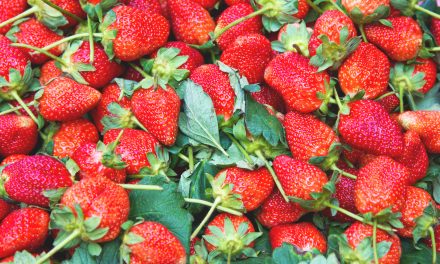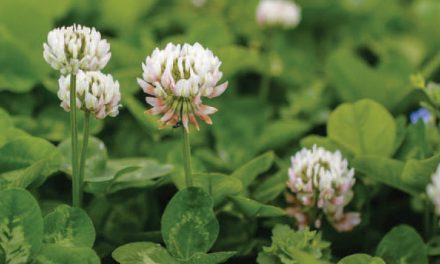“If the bee disappeared off the surface of the globe, then man would only have four years of life left. No more bees, no more pollination, no more plants, no more man” – Albert Einstein
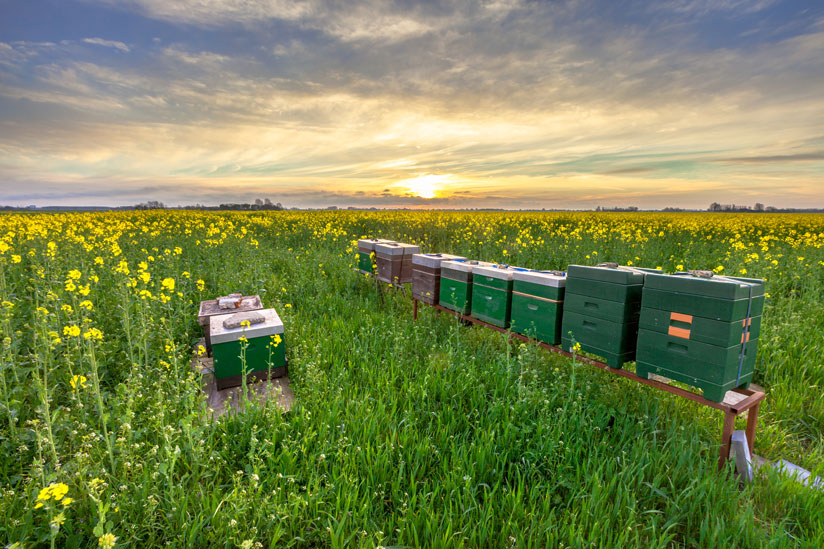
Bees make more than honey
Although you may think of bees primarily as honey producers, their role as pollinators of both our crops and wild flowers make bees vitally important. Pollinators affect 35 % of the world’s crop production, increasing the output of 87 of the leading food crops worldwide.
That’s why it’s crucial that we should all consider the importance of bees in our environment. Globally, bee health is being compromised, causing concern, and a number of culprits have been identified:
- Parasitic mites such as Varroa.
- Bacterial, fungal and viral diseases.
- Habitat loss and degradation.
- Genetic factors.
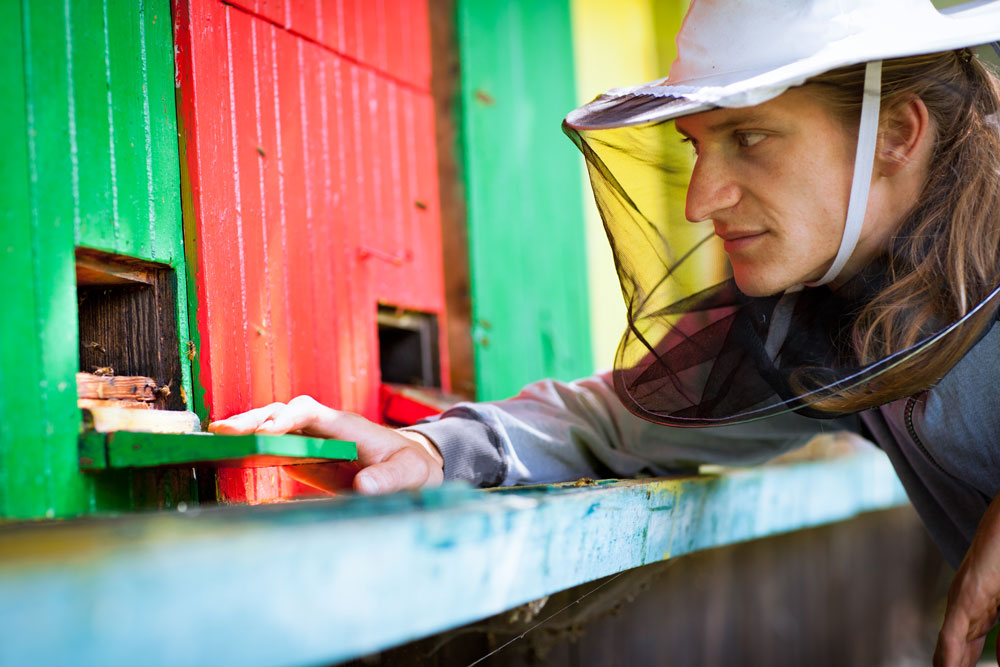
Experts are concerned
Bee experts are calling for more investigation into honey-bee health and for measures to improve bee habitats. Some claims have also been made of a possible link between the decline in bee populations and the use of some insecticides. This has not been proven scientifically, but is being closely monitored by regulators, industries and companies. Provided that garden care products are used as directed on the label, they will not pose a problem to bee health. (Using Efekto’s Garden Care Products as directed on the label will not harm bees.)
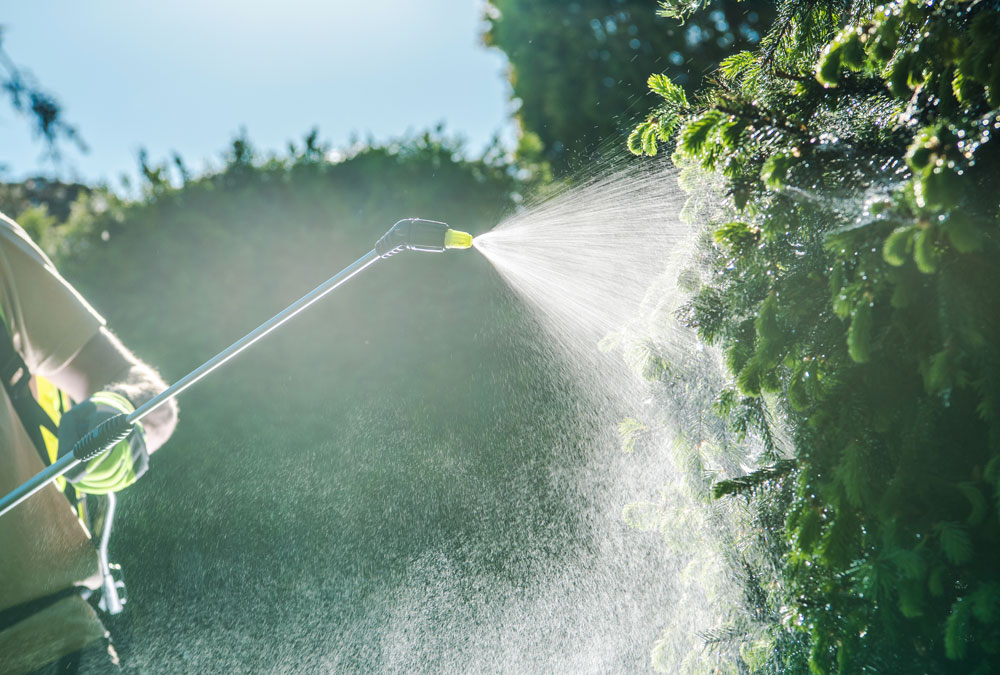
Insecticides
Insecticides are used to control damaging and unwanted pests. Some carry specific bee-risk warnings, and care should be taken not to apply them onto open flowers or when bees are actively foraging.
Insecticides fall into two categories:
- Contact: Controls pests as a result of direct contact.
- Systemic: Kills pests on direct contact and is absorbed by foliage, and may be translocated throughout the plant where they kill chewing or sucking insects.
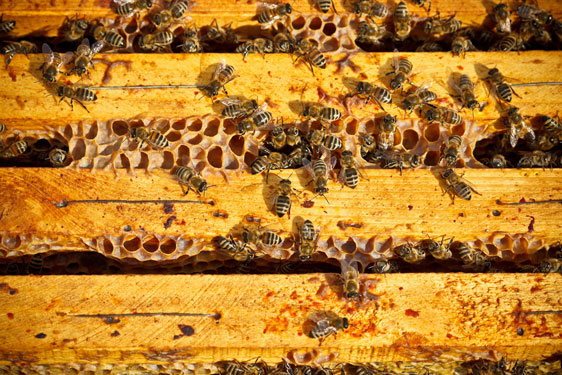
Protecting your garden without harming bees
There is no reason to stop using registered pesticides in your garden. There are ways to ensure that your fruit, vegetables, flowers, shrubs and lawns are healthy and free from harmful insects and disease while maintaining a safe habitat for bees.
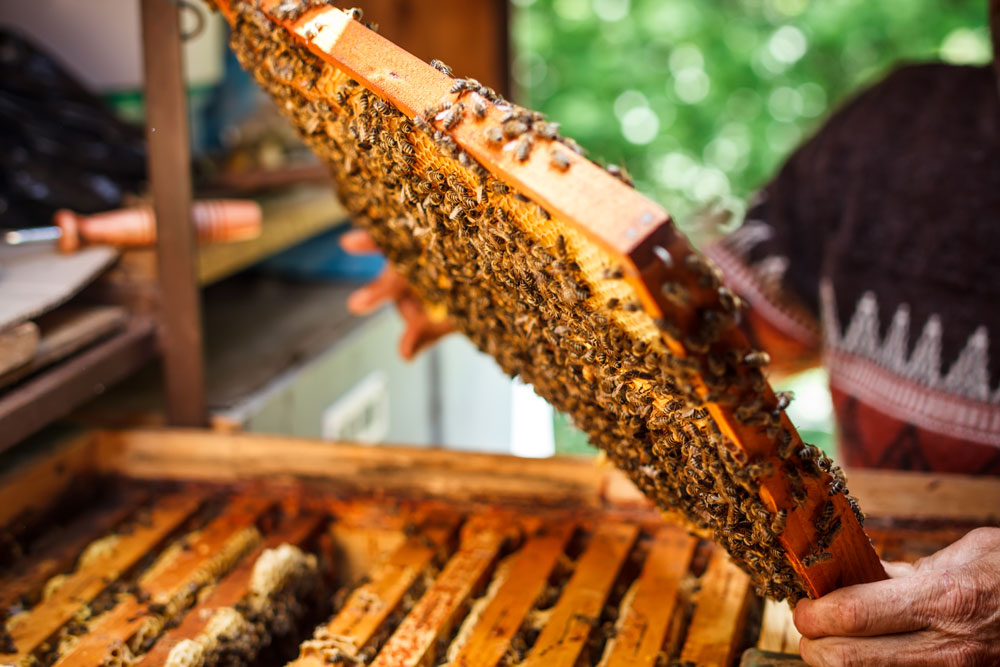
Bee Responsible
- Always read the product label and follow the instructions carefully.
- Do not spray when bees are about; it’s generally better to apply early morning or in the evening when bees are less active.
- Do not spray directly onto open blooms.
- Do not spray lawns when weeds are in flower; mow first to remove flower heads.
- Always check the wind before spraying. Spray when wind speeds are conducive to on-target application. Too windy is no good, and even calm conditions can keep spray droplets suspended longer with potential to move downwind.
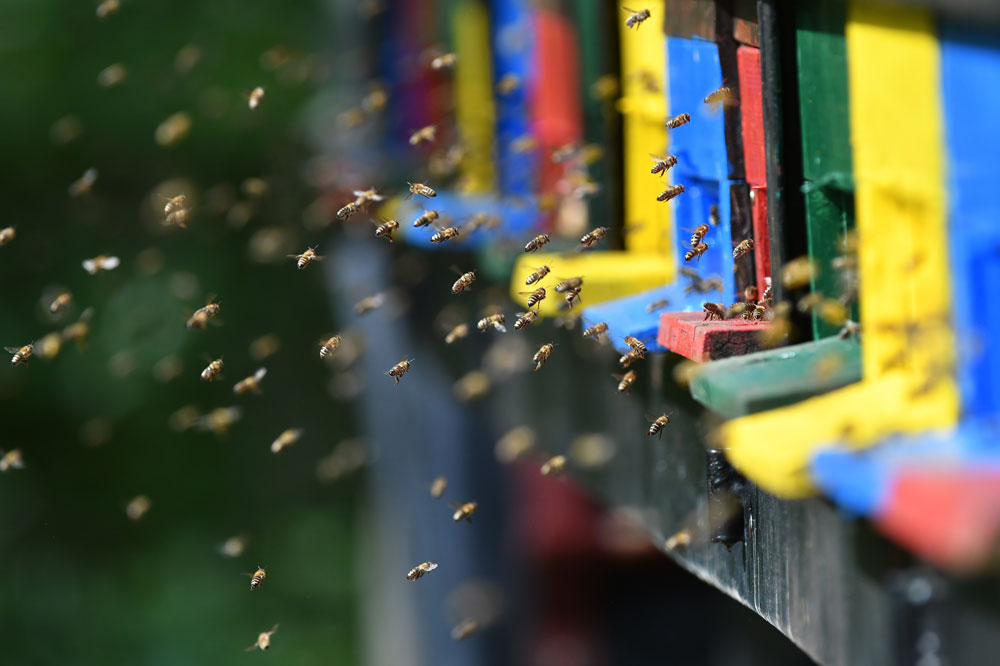
Bee Pro-active
It’s vital that you provide flowers throughout the bee’s life cycle, from September to March. It’s also a good idea to have at least two nectar- or pollen-rich plants in flower at any one time during this period. The nectar feeds the adult bee, while the pollen is collected to feed the young. Flower seeds can be sown as follows:
- Spring flowers (September – November): Aster, Cornflower, Cosmos, Dahlia, Foxglove, Pansy, Portulaca, Salvia, Snapdragon, Verbena, Viola.
- Early-summer flowers (December – February): Aster, Cornflower, Cosmos, Eschscholzia, Foxglove, Portulaca, Salvia,
Snapdragon, Verbena. - Late-summer flowers (March – April): Aster, Calendula, Cornflower, Dahlia, Dimorphotheca, Eschscholzia, Foxglove, Iceland Poppy, Pansy, Snapdragon, Sweet Pea, Verbena, Viola
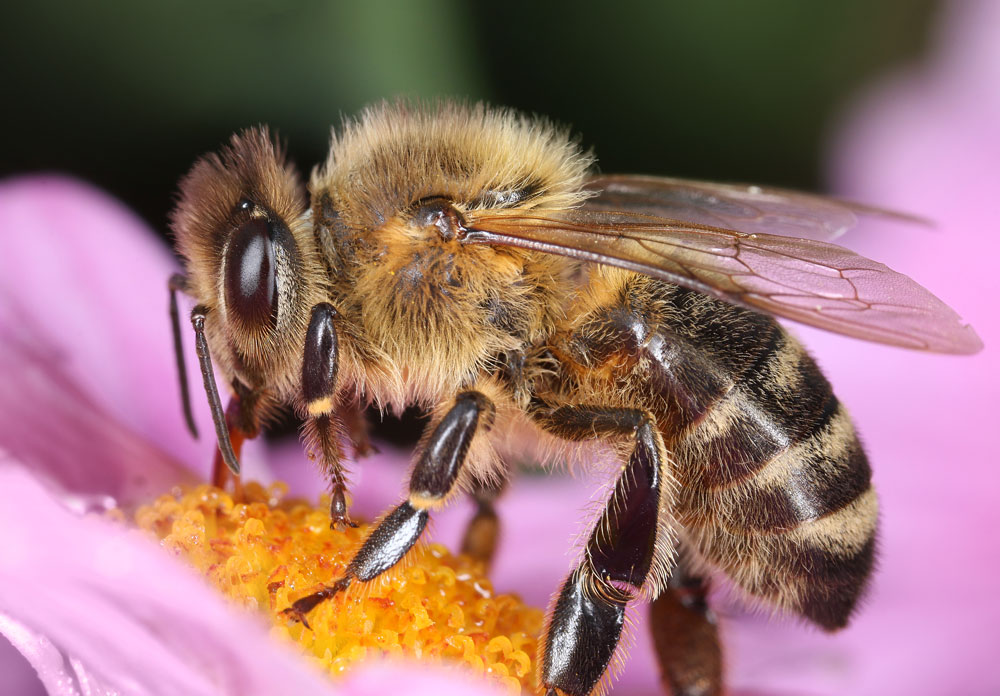
Make your garden bee-friendly
- Scatter bird and butterfly friendly flower garden seeds in spring and autumn onto a patch of bare soil to create a ‘wildlife’ area.
- Provide suitable nesting sites like cardboard tubes, plant pots, even old teapots!
- Consider becoming a beekeeper and make sure you join your local beekeeping association.
Gardens are extremely essential for bees, and vice versa. Bees need flowers for nourishment, and flowers need bees for pollination.
Credits
Referenced from Efekto , Green Fingers : Your gardening and product guide from Efekto

